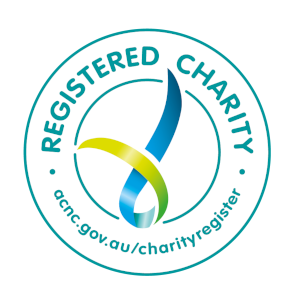This video is to raise awareness on Invisible Disabilities
To define invisible disability in simple terms is a physical, mental or neurological condition that limits a person’s movements, senses, or activities that is invisible to the onlooker.
Unfortunately, the very fact that these symptoms are invisible can lead to misunderstandings, false perceptions, and judgments.
Why define invisible disability?
In general, the term disability is often used to describe an ongoing physical challenge. This challenge could be a well-managed bump in life or a mountain that creates severe changes and loss. Either way, this term should not be used to describe a person as weaker or lesser than anyone else! Every person has a purpose, uniqueness, and value, no matter what hurdles they may face. When we define invisible disability, it helps us understand the subtle differences and challenges each person experiences in their daily lives.
Also, just because a person has a disability, does not mean they are disabled. Many living with these challenges are still fully active in their work, families, sports or hobbies. Some with disabilities can work full or part-time, but struggle to get through their day, with little or no energy for other things. Others are unable to maintain gainful or substantial employment due to their disability, have trouble with daily living activities and need assistance with their care.
According to the Americans with Disabilities Act of 1990 (ADA) an individual with a disability is a person who: Has a physical or mental impairment that substantially limits one or more major life activities; has a record of such an impairment, or is regarded as having such an impairment (Disability Discrimination).
Furthermore, “A person is considered to have a disability if he or she has difficulty performing certain functions (seeing, hearing, talking, walking, climbing stairs and lifting and carrying), or has difficulty performing activities of daily living, or has difficulty with certain social roles (doing school work for children, working at a job and around the house for adults)” (Disabilities Affect One-Fifth of All Americans). Given this basic knowledge, it is easy to see how work to define invisible disability is both critical to helping so many who are overlooked but also daunting in scope.
Resource: Video Brings Visibility to Invisible Disabilities and Invisible Illness! - Youtube


